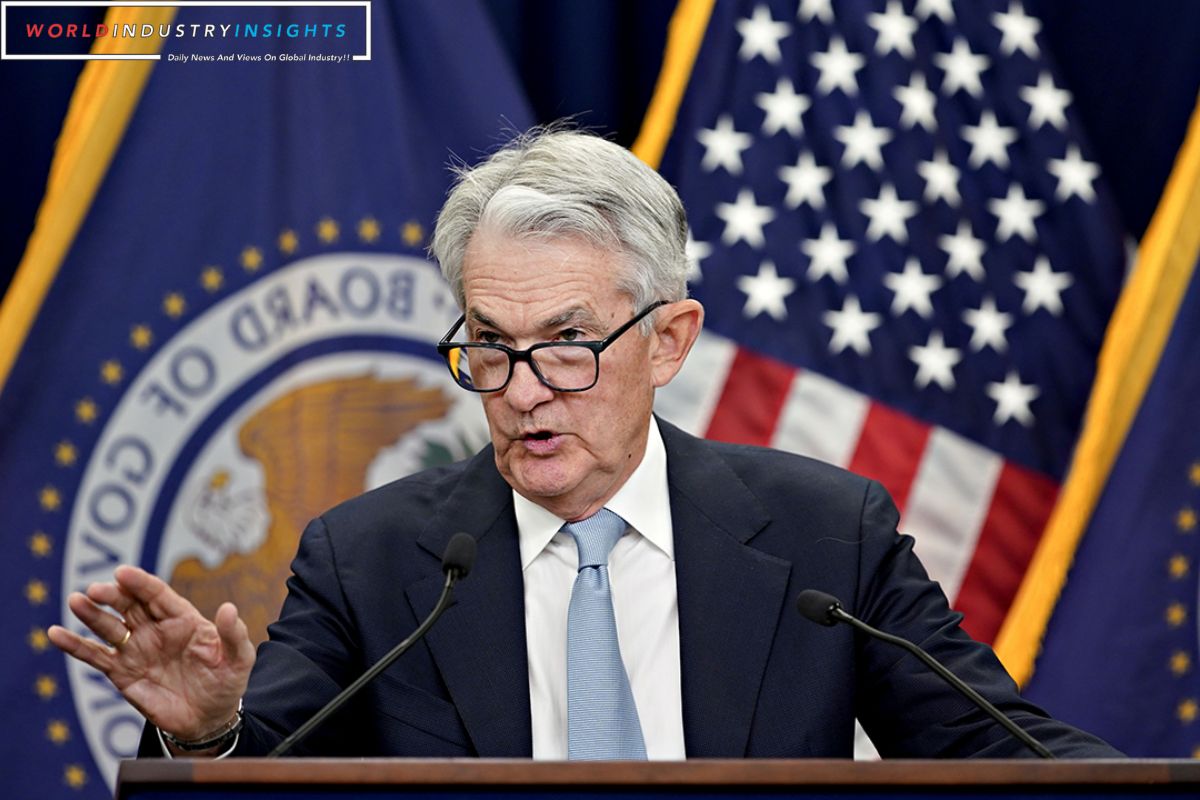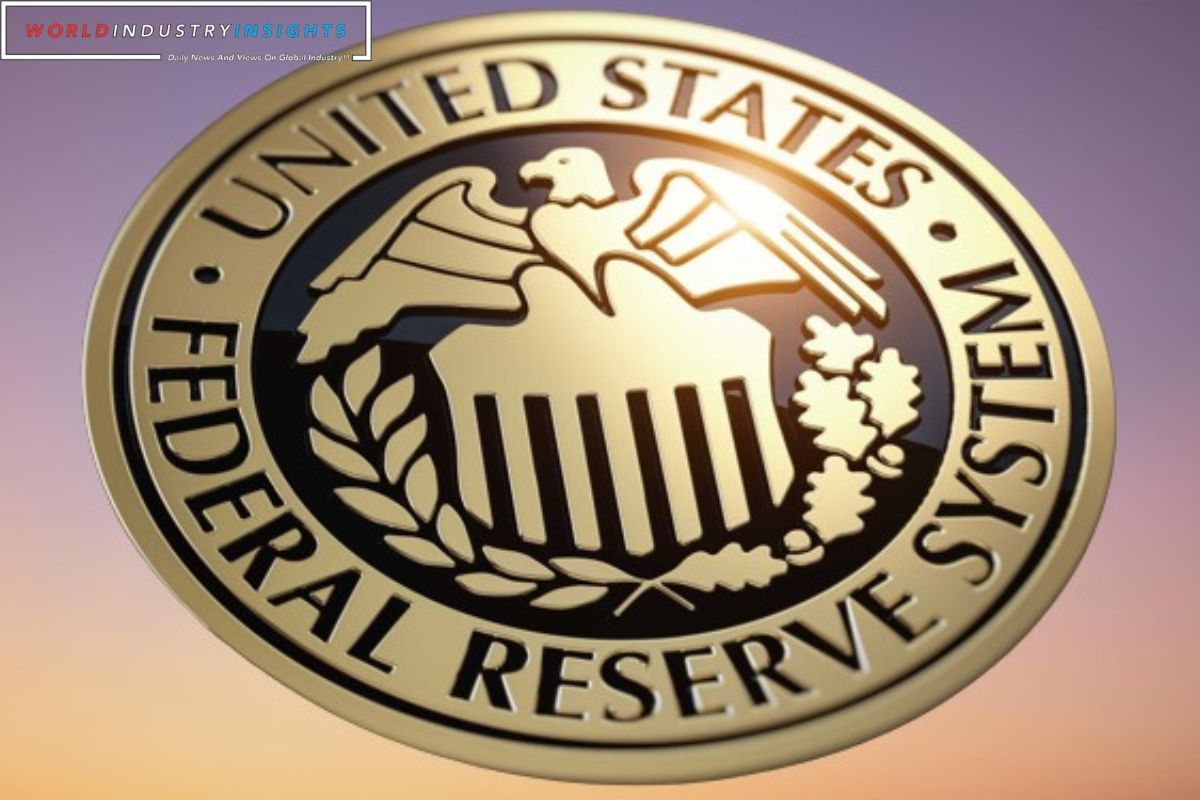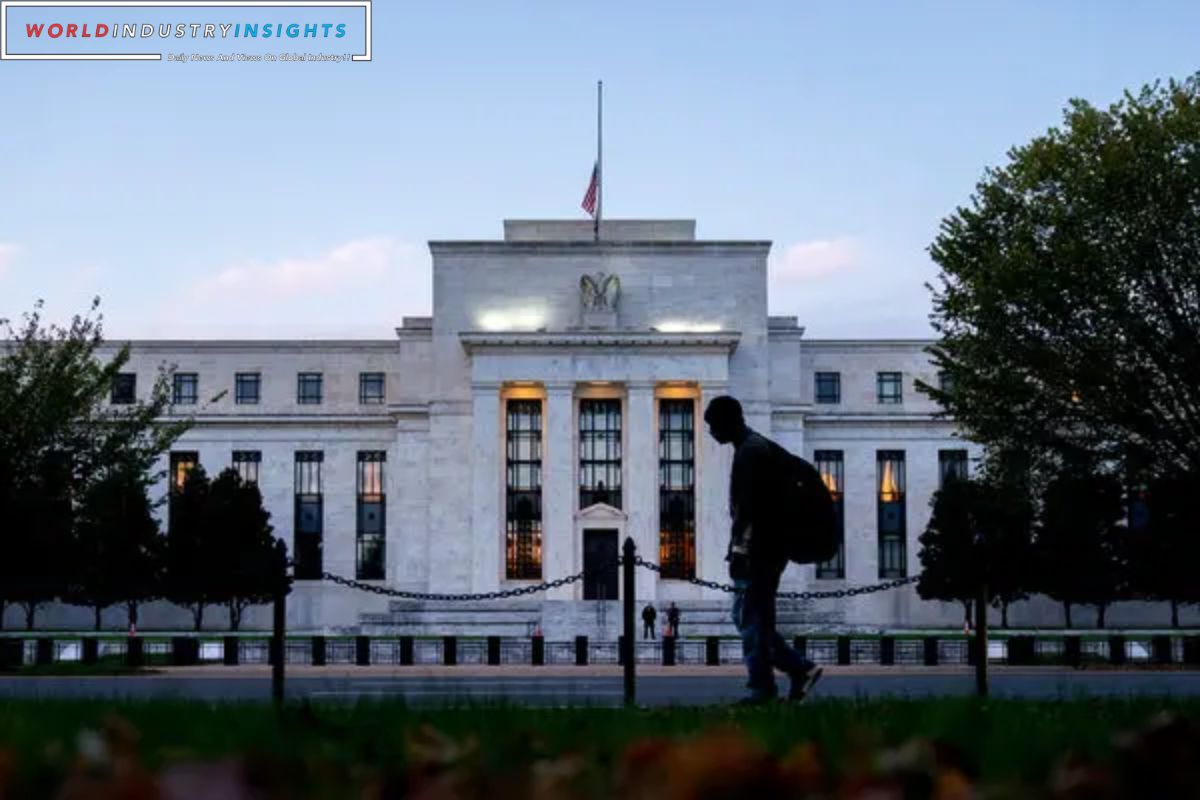Federal Reserve’s Pivot: You’re about to delve into a game-changing shift in the Federal Reserve’s strategy: interest rate reductions lurking on the 2024 horizon. Brace yourself for a captivating journey through the realm of monetary policy.
The Fed’s recent change in tone has sent shockwaves through the market, triggering a cascade of reactions from investors and industry players alike. As you navigate these turbulent waters, you’ll discover the profound impact of these rate cuts on various sectors, propelling positive returns and reshaping the financial landscape.
However, be prepared to confront the lurking specter of inflation, as we dissect the trends and forecasts that could potentially disrupt this newfound equilibrium. With the labor market and economic growth hanging in the balance, the uncertain outlook and escalating risk levels add an extra layer of complexity to this unfolding narrative.
So, fasten your seatbelt and get ready to master the intricacies of the Federal Reserve’s pivot.
Key Takeaways
- The Federal Reserve has decided to keep short-term interest rates unchanged but has changed its tone surrounding future rate cuts.
- This change in tone has led to a strong market rally for both stocks and bonds, indicating renewed confidence and optimism in the market.
- Various market sectors, such as interest rate-sensitive bonds, small-cap stocks, utilities stocks, and real estate investment trusts (REITs), have experienced positive returns due to the Fed’s dovish stance.
- Inflation trends show signs of easing pricing pressures, which could make it appropriate for the Fed to reduce policy restraint. The Fed’s pivot towards interest rate reductions may have a positive impact on future inflation trends.
Also Read: Navigating the Economic Waves: The Federal Reserves Unpredictable Journey in 2023
Federal Reserve’s Change in Tone and Market Reaction
You should discuss the Federal Reserve’s change in tone and market reaction, focusing on the impact of the shift in the central bank’s stance on interest rates.
The Federal Reserve’s decision to keep short-term interest rates unchanged last Wednesday sent shockwaves through the market. However, it wasn’t just the decision itself that caught investors’ attention, but the change in tone surrounding future rate cuts.
This shift in the central bank’s stance on interest rates ignited a strong market rally for both stocks and bonds. The base case for the Fed is now that rate hikes are over, with Chair Powell noting that the conversation had already shifted to when the appropriate time to ease policy would be.
The markets had already sensed this pivot, leading to a massive rally in stocks since late October. This change in tone has given investors renewed confidence and has fueled optimism in the market.
Positive Returns in Various Market Sectors
Positive returns have been observed in various market sectors as a result of the Federal Reserve’s pivot towards interest rate reductions on the 2024 horizon. This shift in monetary policy has had a significant impact on different sectors, leading to favorable outcomes for investors.
Here are four sectors that have experienced notable positive returns:
- Interest rate-sensitive bonds: With the prospect of lower interest rates, bond prices have risen, resulting in attractive returns for bondholders.
- Russell 2000 small-cap stocks: These stocks, which are more sensitive to changes in interest rates, have benefited from the Fed’s dovish stance, leading to increased investor confidence and higher returns.
- Utilities: The lower interest rate environment has made utility stocks more appealing, as they’re known for their stable dividends. This has driven up their prices and generated positive returns.
- Real estate investment trusts (REITs): As interest rates decrease, the cost of borrowing for REITs declines, making their investments more profitable. Consequently, investors have seen positive returns in this sector.
Inflation Trends and Forecasts
Looking ahead to inflation trends and forecasts, it’s important to analyze the impact of the Federal Reserve’s pivot towards interest rate reductions on the 2024 horizon.
The current inflation rate, as measured by the consumer price index (CPI), remains above the target at 3.1%. However, there are signs of easing pricing pressures in the pipeline, as evidenced by the softening of the producer price index (PPI) at 0.9% year-over-year in November. This decline in inflation could make it appropriate for the Fed to begin reducing the amount of policy restraint.
It’s worth noting that if the Fed keeps short-term interest rates at their current level, the real, after-inflation, Fed funds rate is expected to rise in early 2024. This implies that the Fed’s pivot towards interest rate reductions may have a positive impact on inflation trends in the future.
Labor Market and Economic Growth**
The strength of the labor market and its impact on economic growth plays a crucial role in shaping the Federal Reserve’s decision on interest rate reductions. Here are four key observations regarding the labor market and its relationship to economic growth:
- Initial claims for unemployment benefits show no sign of a recession, indicating a relatively healthy job market. This is a positive indicator for economic growth as it suggests that people are finding employment opportunities.
- While continuing claims have increased, they haven’t reached worrisome levels. This suggests that individuals who are currently unemployed are still able to find jobs, albeit at a slower pace.
- Recent job growth and consumer spending have boosted the Atlanta Fed’s current forecast of fourth-quarter economic growth to 2.6%. While this is lower than the third quarter’s growth rate of 5.2%, it still reflects a sturdy outcome and indicates that the labor market is contributing to overall economic expansion.
- The Federal Reserve’s decision to increase its forecast of rate cuts to three for a total of 75 basis points (0.75%) in 2024 indicates their belief that the labor market and economic growth need support. By lowering interest rates, the Fed aims to stimulate borrowing and investment, which can lead to increased job creation and economic activity.
Uncertain Outlook and Risk Levels
Be mindful of the uncertain outlook and risk levels as the Federal Reserve pivots towards interest rate reductions on the 2024 horizon. While the odds of a soft landing and avoiding an economic recession have increased, it’s important to acknowledge that a positive outcome is far from assured.
The good news has already been priced into stocks, causing economic and interest rate-sensitive issues to soar. This raises concerns about the sustainability of these gains and the potential for a market correction.
As the Fed attempts to smoothly land the economy, turbulence is likely to arise, creating additional risks. It’s crucial for investors and policymakers to closely monitor the evolving situation and adjust their strategies accordingly to navigate the uncertain outlook and mitigate potential risks.
Conclusion Of Federal Reserve’s Pivot
In conclusion, the Federal Reserve’s recent pivot towards interest rate reductions on the 2024 horizon is a strategic move to support economic growth and market stability.
The positive market reaction and returns in various sectors indicate investor confidence in this decision.
However, caution is warranted due to uncertain outlook and risk levels.
Monitoring inflation trends, labor market conditions, and overall economic growth will be crucial in determining the long-term effectiveness of these measures.
Our Reader’s Queries
What is a Federal Reserve pivot?
A Fed pivot occurs when the Federal Reserve alters its current monetary policy position. This shift can have significant implications for the economy and financial markets. It is important to closely monitor any changes in the Fed’s stance to stay informed and make informed decisions.
Will the Fed lower interest rates in 2024?
The U.S. Federal Reserve has projected that interest rates will be cut three times in 2024, marking the first reduction since rates were lowered to their lowest point during the Covid-19 pandemic. This move is expected to benefit bonds and REITs.
What are the Fed meeting dates for 2023?
The Federal Open Market Committee (FOMC) has scheduled several meetings for 2023. The meetings will take place in January/February, March, May, June, July, September, and October/November. Each meeting will have a statement available in PDF and HTML formats, along with an implementation note. The dates for the meetings are as follows: Jan/Feb 31-1, March 21-22*, May 2-3, June 13-14*, July 25-26, September 19-20*, Oct/Nov 31-1, and December 12-13*. Stay tuned for updates and insights from these important meetings.
What is a pivot in policy?
A pivot refers to a shift in policy, opinion, or product design that maintains some connection to its previous version. This is often done as part of a strategy to attract a new audience. For instance, a pivot in public policy may occur, or an administration may pivot towards a different region, such as Asia. Multiple product pivots may also be made to reach new consumers. The goal of a pivot is to make a change while still retaining some continuity with the past.




